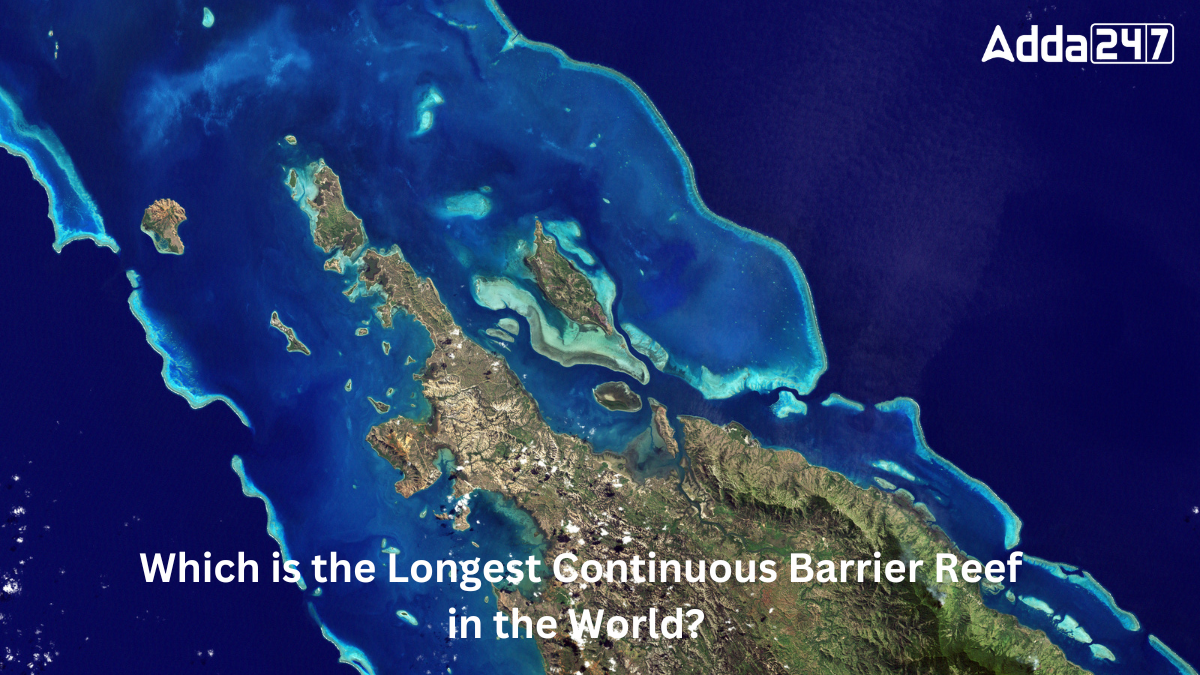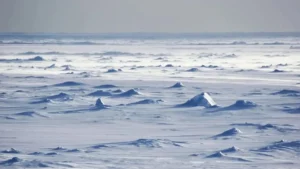The world is home to many amazing natural wonders, and among them are barrier reefs. These underwater structures are made of coral and stretch for long distances, creating a safe habitat for marine life. Some barrier reefs are so large that they can be seen from space. The longest continuous barrier reef is a breathtaking natural formation that plays an important role in ocean ecosystems.
Longest Continuous Barrier Reef in the World
The New Caledonian Barrier Reef is the world’s longest continuous barrier reef, located in the South Pacific Ocean around New Caledonia, a French territory. It is the third-largest reef system after Australia’s Great Barrier Reef and the Mesoamerican Barrier Reef. Famous for its incredible beauty, diverse sea life, and unique structure, it was declared a UNESCO World Heritage Site in 2008 for its outstanding natural value and biodiversity.
Location and Size of New Caledonia Barrier Reef
The New Caledonia Barrier Reef stretches for 1,500 kilometers (930 miles). It surrounds New Caledonia’s main island, Grande Terre, as well as smaller islands like the Ile des Pins. The reef forms a lagoon covering 24,000 square kilometers (9,300 square miles), with an average depth of 25 meters (82 feet). In some areas, the reef is 30 kilometers (19 miles) from the shore, while in the northwest, it extends nearly 200 kilometers (120 miles).
Unique Features and Marine Life of New Caledonia Barrier Reef
This reef system is the second-largest in the world after the Great Barrier Reef. It is home to 2,328 species of fish from 248 families. The reef also has one of the largest populations of endangered dugongs and serves as a nestling ground for green sea turtles. The water around the reef contain over 2,000 species of mollusks and are visited by humpback whales.
Environmental Threats
Although the reef is mostly in good health, some parts are affected by pollution from nickel mining. Sediments from mining, farming and deforestation have damaged some reef areas. The destruction of mangrove forests has worsened this problem. Some reefs are buried under thick layers of silt and scientists warn that some may die if pollution continues.
Conservative Efforts of New Caledonia Barrier Reef
Since 2008, the reef has been protected under UNESCO’s World Heritage List. There are 13 local committees, including fishermen, local leaders and tourism operators, working together to protect the reef. These groups help monitor the lagoon’s health and ensure the reef’s survival for future generations.



 Which Indian City is Known as the Footwe...
Which Indian City is Known as the Footwe...
 Which Desert is known as the Cold Desert...
Which Desert is known as the Cold Desert...
 Top-10 News Media Companies in the World...
Top-10 News Media Companies in the World...







